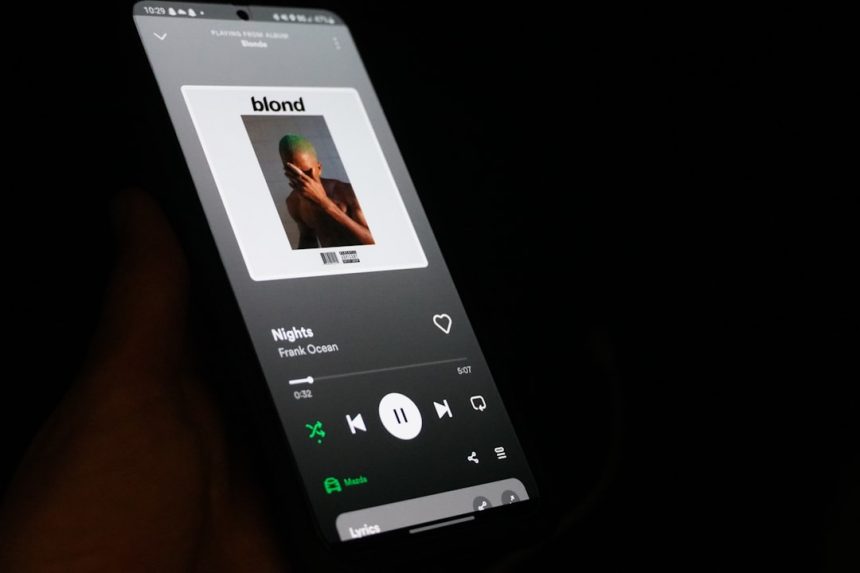As the digital world increasingly migrates towards mobile platforms, the significance of a well-designed app icon has grown exponentially. In a saturated app marketplace, businesses must ensure their logos stand out on compact screens, communicate brand identity, and maintain readability at a mere glance. Welcome to the era of App-First Logos — where visual clarity and brand recognition on home screens are paramount.
TL;DR
An effective app-first logo ensures users can instantly recognize and differentiate an app on their mobile device. These logos must be legible, scalable, and visually engaging at small sizes. Prioritizing simplicity and bold shapes helps boost visibility and brand recall. Ignoring mobile-readiness in logo design can result in visual clutter and user disengagement.
Why Traditional Logos Fall Short on Mobile
Conventional logos often prioritize intricate details, text, and proportions that simply don’t scale well to smaller canvases. Designed primarily for print or web, they frequently lose their impact on smartphones. So, while a finely detailed logo might look impressive on a billboard or website banner, it can appear muddled or illegible within the confined space of an app icon.
Several challenges exist for traditional logos on mobile:
- Loss of Detail: Fine typography or ornate design elements lose clarity at small scales.
- Non-Square Ratios: Traditional horizontal logos often require scaling down excessively to fit mobile app icon dimensions.
- Poor Contrast: Intricate color schemes may clash or blend on diverse background wallpapers.
App-First Thinking: Design for the Icon First
Modern brands are increasingly adopting an App-First philosophy — developing logos with mobile screens as the primary canvas. This approach optimizes the icon for clarity, recognition, and aesthetic balance before adapting it to larger formats. The benefits of designing for small screens first are both functional and strategic:
- Improved User Engagement: A clear and catchy logo increases the likelihood of being tapped.
- Brand Consistency: A unified look across platforms improves trust and familiarity.
- Platform Versatility: A mobile-optimized logo can scale up with modifications for print or web media.

Key Characteristics of High-Performance App Icons
Successful app-first logos aren’t just smaller versions of standard logos; they are often reimagined entirely. The following characteristics distinguish compelling app icons:
1. Simplicity
Simplicity enhances recognition. The most iconic app logos—think Instagram, WhatsApp, or Spotify—consist of bold, easy-to-recognize shapes and a limited color palette. Complex gradients and small text create noise on tiny screens.
2. Scalability
An app-first logo must remain legible and aesthetically pleasing at various resolutions. From high-DPI tablets to budget smartphones, the icon must remain crisp and unobstructed.
3. Color Contrast
Make your icon pop against both light and dark phone themes. Utilizing complementary or contrasting color schemes helps the app remain attention-grabbing regardless of the home screen wallpaper or theme.
4. Shape Distinctiveness
Many app stores now enforce rounded-square dimensions (particularly iOS). Still, internal shapes and whitespace help in distinguishing apps even within homogenous boundary shapes.
5. Limited Typeface Use
If text is included in the logo, it must be legible and minimal. Most high-impact app icons avoid visible text altogether unless the typeface is a core brand element—like Facebook’s “f” or LinkedIn’s “in”.
Examples of Effective App-First Logos
It’s useful to study well-known examples that have successfully embraced app-first design without compromising brand identity:
- Instagram: Transitioned from a detailed camera icon to a simple, colorful gradient with a glyph. The redesign improved both scalability and brand uniqueness.
- Airbnb: Introduced the “Bélo” symbol, a device-friendly design that abstractly represents the brand’s core values, scalable across any platform.
- Google Maps: Shifted from a detailed map interface to a symbolic pin with bright colors representing all sub-brand identities effectively (Google’s red, blue, yellow, and green).
Strategic Transition: Evolving Your Logo for App-First Presence
Many businesses hesitate to revamp their logos out of concern for brand dilution. However, thoughtful design evolution can strengthen mobile presence without sacrificing identity. Here’s how companies can manage the transition strategically:
1. Introduce a Distinctive Icon Mark
If your logo includes multiple elements (like text + graphic), extract a simplified symbol to use exclusively for apps. Dropbox employs its icon (a simplified box) in the app icon while keeping the full logo for web and print.
2. Perform A/B Tests
Use real user data to determine whether the new icon performs better in terms of recognition and engagement. Small focus groups or UX testing software can provide valuable insights before mass release.
3. Maintain Consistent Brand Behavior
Even if the icon changes, the core colors, interactions, and imagery across the app and website should reinforce the visual identity. Consistency reassures users despite cosmetic updates.
Guidelines for Designing Your Own App-First Logo
If you’re developing a new mobile application or rebranding an existing one, follow these app-first logo fundamentals:
- Start with a Square Canvas: App icons appear in square or rounded-square formats on devices. Begin your design with these proportions in mind.
- Use Vector Graphics: Scalability matters. A vector format ensures your design stays sharp across screen sizes.
- Test on Different Devices: Preview your logo on both Android and iOS devices, considering both light and dark themes.
- Avoid Thin Lines: Fine details tend to blur at small sizes. Use bold strokes and minimal embellishments.
- Be Recognizable at a Glance: Your logo should not require any supplementary elements to communicate brand value within a second.
The Future Is App-First
As mobile devices continue to dominate the digital experience, the need for logos designed for a small canvas will only intensify. Developers, marketers, and designers must prioritize mobile display considerations during every phase of brand identity development.
The success of app-first logos lies in their ability to immediately communicate brand identity, cut through digital noise, and remain memorable in a cluttered ecosystem. The stakes are high, but so is the potential return: visibility, usability, and enduring resonance with your user base.
Final Thoughts
In 2024 and beyond, a powerful logo is no longer merely a symbol of the brand — it’s the first interaction a user has while navigating a mobile device. Adopting an app-first mindset prepares brands to thrive in a mobile-first environment where clarity, simplicity, and distinctiveness are everything.
To future-proof a brand and maintain relevance, embracing app-first logo design is not just recommended — it’s essential.







